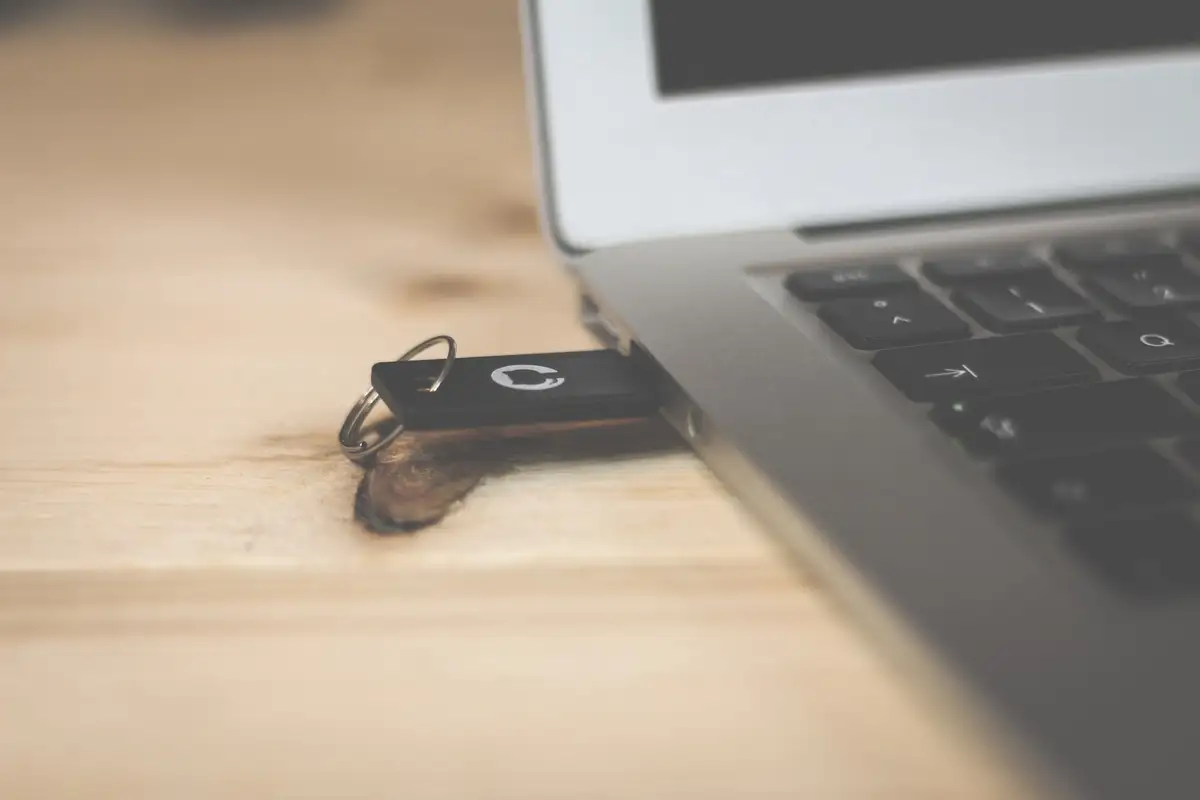What is Packet Switching?
It is a technique for breaking data into packets so that it may be transmitted over a network more quickly and efficiently. Although the idea was conceived in the early 1960s, the name wasn’t used until a few years later. Since then, packet switching has become an essential part of how the Internet operates.
To put it another way, it’s like delivering an enormous puzzle to a buddy by regular mail. Postal workers decide to ship the jigsaw’s components separately to make delivery easier and faster because the puzzle is too huge and may cause congestion. Similarly, in order to better control the flow of data, anything transferred over a network is separated into data packets.
What Is the Process of Packet Switching?
Data packets are used to transfer a 5MB file over the Internet. The original file is reassembled once all packets have been sent to the intended destination. The kind of packet switching detailed in the following sections determines what happens between the sending and receiving phases.
Also Read: 7 Best App & Software for Web Developing
There are a variety of ways to switch packets.
Connectionless Packet Switching
A crucial piece of information is contained in the packet header in the connectionless packet or datagram switching:
- A computer’s IP address
- The IP address of the destination
- A file’s number of packets
- The individual packet’s sequence number
These specifics help to guarantee that the data packets reach their intended location intact. Packets are sent to the receiving device through the most efficient path for each one. Since no two packets take the same route, it’s possible that some will arrive out of sequence.
Connection-Oriented Packet Switching
Connection-oriented packet switching uses connection identifiers instead of IP addresses in the headers of the packets. Comparatively, packet switching is less cumbersome than connectionless switching. Before packets can be sent, the communication method and route must be determined. The Internet Protocol and Transmission Control Protocol (TCP/IP) are the principal communication protocols used by connection-oriented packet switching, which is sometimes known as “virtual circuit switching.”
Circuit switching vs. packet switching
Circuit switching, a communication technology that needs a dedicated channel, is an alternative to packet switching. The telephone is the most famous use of circuit switching. A dedicated circuit or channel is reserved for you when you contact your mother on an analogue telephone line, and no one else can use it.
The modem Using the Internet is similar to using a circuit switch. There is no phone service in your home when someone is using the Internet. Multiple devices can communicate at the same time via packet switching.
Packet Switching’s advantages
A number of benefits can be gained by swapping packets. In addition to cost-effectiveness, efficiency, and dependability, there are many more factors to consider.
Efficiency
One of the key reasons that packet switching has become so widely accepted and used is that it allows several devices to use a single network. Each data packet may be guided to the most efficient route because it doesn’t require dedicated channels.
Cost-Effectiveness
Packet switching saves money since it doesn’t necessitate separate networks and channels for various types of traffic. Video and audio traffic on the network can also carry data.
Reliability
In network communications, data loss is a common occurrence. As long as the receiving equipment finds a missing packet after an investigation, packet switching lowers this danger. The lost packet can then be resent from the source device.
Conclusion
Packet switching is a crucial component of the Internet’s current functionality, despite its obscure name. When you phone a buddy or email a file to a coworker, consider the data packets being sent in the background now that you’ve learned about packet switching. Our lives are made simpler by them (at least compared to the telegram and dial-up days).




